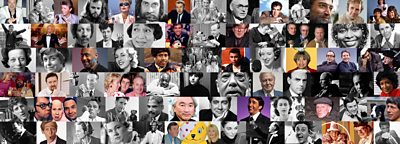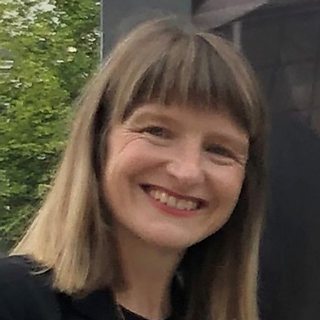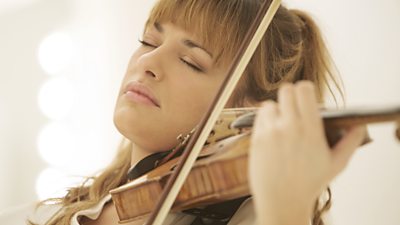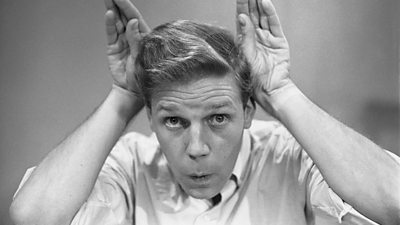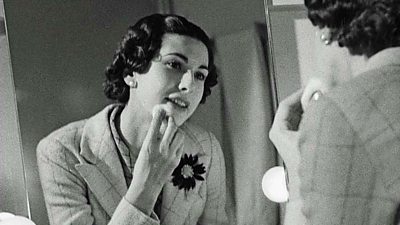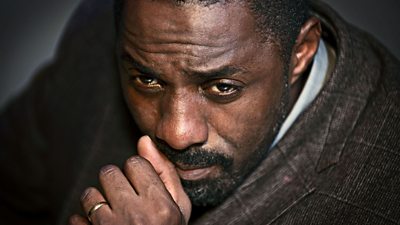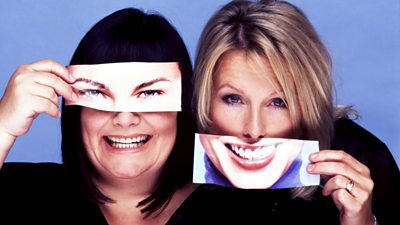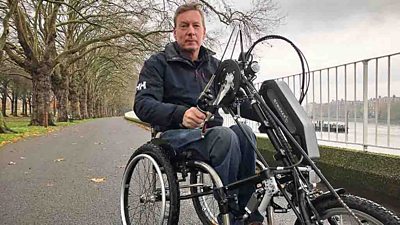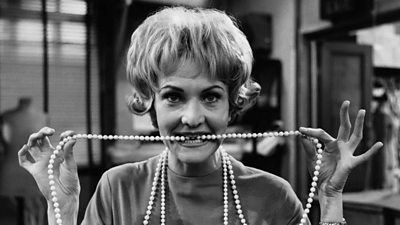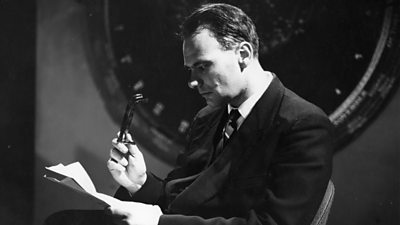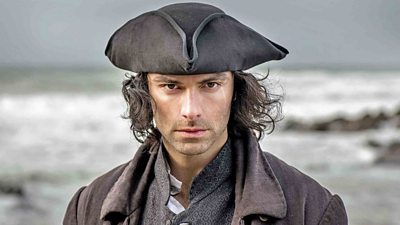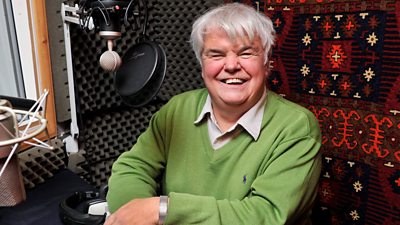From correspondents in the field and presenters in studio to actors on set, singers in full performance mode and monarchs speaking to the nation, here are images that unpack the magic and mystery of broadcasting.
This ���˿��� celebration shares the aspiration of the National Portrait Gallery – to illuminate a personality who is particularly interesting to our history and culture. The original premise of the Gallery’s photographs collection was official portraiture, posed and deliberate, but our remit has widened over the years to include press photographs and reportage –which have more in common with the lively and candid shots in the ���˿��� collection.
What do these photographs do? Some trigger memories of watching or listening to our favourite programmes. Some connect us with a particular moment in history or our family’s story, some people are unfamiliar but make us look again – a returned gaze inviting us to consider the sitter’s inner world.
I’m drawn immediately to Elizabeth Cowell as I have just been researching her. I am intrigued by this photograph which describes perfectly her role at the dawn of television – employed as an announcer – good looks and clear diction considered vital…she is applying make-up in the mirror. As one of the first to see herself broadcast in the medium of television, she would have been incredibly self-aware.
Another first is declared by the determined gaze of the ���˿���’s first black radio producer Una Marson. An activist and intellectual Marson joined the League of Coloured Peoples on her move to London in the early 1930s, and in the following decade produced the influential radio programme Caribbean Voices.
'a moment stilled'
Looking across the selection, the ���˿��� microphone is a frequent motif, a symbol that this is amoment stilled within a photograph. Richard Dimbleby was captured as the voice of Queen Elizabeth II’s coronation, The Beatles shown speaking to an Italian audience, and Mishal Husain pictured making an assured debut on Radio 4’s Today Programme.
Reportage images include Barbara Windsor photographed while filming EastEnders, which provides a window into the making-of. We catch the back of John Freeman’s head as he interviews Martin Luther King in 1961 on Face to Face and can observe the intensity of the interaction.
The makers of these photographs are unidentified, butsome of the images remind me of celebrated photographers in the Gallery’s collection whose careers intersected with popular entertainment. Bob Collins documented the rise of radio and television performers including Tony Hancock, featured here. The Goons, fooling around in this shot, epitomised the satire boom of the 1960s, which was artfully described through Lewis Morley’s lens.
The Gallery rarely collects portraits of actorsin role, but sometimes the role is how we understand these personalities, as is demonstrated here.French and Saunders playing on character and disguise, simply make me chuckle. I am thinking of the episodes I loved re-enacting with my friend, in hysterics.
Through this photographic medley of ���˿��� greats we ourselves can come face to face with those who helped shape the last century.
